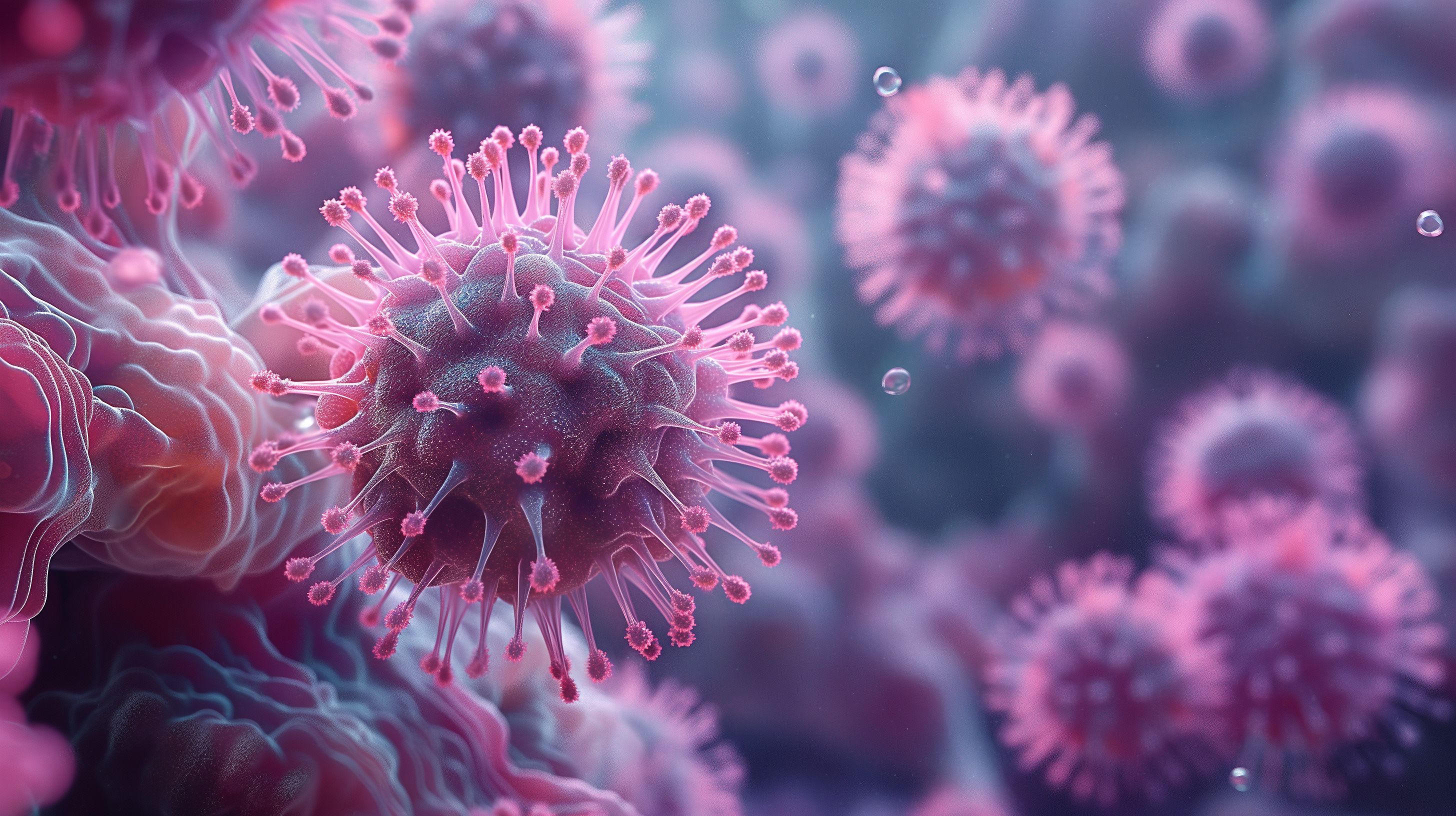Article
5 Things to Remember about Infectious Diseases
Infectious diseases pharmacotherapy is a challenging subject.
Infectious diseases (ID) pharmacotherapy is a challenging subject. It requires a great deal of memorization, it is riddled with exceptions, and it is always changing with the progression of antimicrobial resistance. As a result, pharmacy students and practicing pharmacists commonly struggle with this topic.
In a 2014 survey completed by nearly 600 pharmacy students representing 12 US schools of pharmacy, 94% of respondents believed that strong antimicrobial knowledge is important for a pharmacy career. And yet, on an 11-question knowledge assessment, the mean score was barely more than 50%.1
As the next generation of pharmacy students graduate and enter the profession, it is reasonable to wonder what effect time will have on existing knowledge gaps. Will continuing education courses and professional experience fill in the blank spaces, or will the gaps continue to widen? What has been the case for previous generations? These are questions for which we do not yet have answers.
For the purpose of refilling some of those knowledge gaps, I have pulled from my experience with ID pharmacotherapy content to compose the following list:
#1. There are 4 main mechanisms of antimicrobial resistance: enzymatic degradation, efflux pumps, porin channels, and change in the binding site. These antimicrobial resistance mechanisms may be intrinsic (e.g., chromosomal) or acquired (e.g., plasmid-mediated).
Do you know which antimicrobial-resistant bugs are of greatest concern? The current state is well demonstrated in the US Centers for Disease Control and Prevention (CDC) report called “Antibiotic Resistance Threats in the United States, 2013”.
#2. Unlike sildenafil or multivitamins, antimicrobial drugs are societal in nature. Their use in one individual affects the drugs' ability to work in others due to the development of antimicrobial resistance.
This is something we have known for decades. Alexander Fleming even noted it in his 1945 Nobel Lecture.
#3. Hand hygiene saves lives, but not all organisms are killed by alcohol-based hand sanitizer (e.g., Clostridium difficile, Norovirus).
The New England Journal of Medicine has an excellent video on appropriate hand hygiene.2
#4. A positive culture does not mean that a patient has an infection and requires antibiotics.
There are about 10 bacterial cells in or on your body for each 1 of your 10 trillion human cells. When a culture is taken, those microbial passengers colonizing your body may end up growing out and avoid being detected. To determine whether a patient has an infection, look at the big picture, investigating for signs and symptoms of infection such as fever.
One of the most important examples of when treatment is rarely indicated is asymptomatic bacteriuria. There is even an entire guideline devoted to it.3
#5. Vaccines are an integral component to preventing the spread of disease and are not linked to autism.
References:
1. Justo JA, et al. Knowledge and attitudes of doctor of pharmacy students regarding the appropriate use of antimicrobials. Clinical Infectious Diseases. 2014; 59(S3):S162-9.
2. Longtin Y, et al. Hand Hygiene. N Engl J Med. 2011; 364:e24.
3. Nicolle LE, et al. Infectious Diseases Society of America Guidelines for the Diagnosis and Treatment of Asymptomatic Bacteriuria in Adults. Clinical Infectious Diseases. 2005; 40:643—54.





